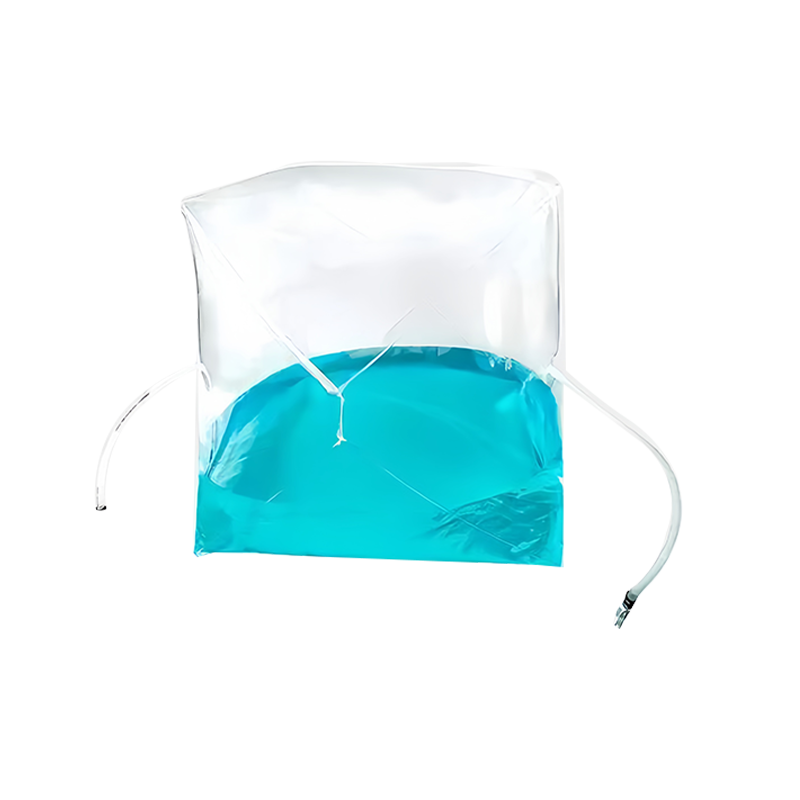In modern biopharmaceutical manufacturing, single-use systems have transformed the way we handle liquids, reducing risk and boosting operational flexibility. However, not all 3D Single-Use Bioprocessing Bags serve the same function—and understanding the subtle differences between bags used for liquid storage and those intended for liquid transfer is essential. While both types may share similar material compositions and structural designs at first glance, their performance expectations and stress profiles vary significantly in practice.
Storage bags are primarily used to contain biological media, buffers, or product intermediates for extended periods under controlled conditions. They’re engineered for stability—thermal, chemical, and mechanical—over time, often at low or cryogenic temperatures. The materials in 3D bioprocessing bags for storage are selected with a strong focus on long-term compatibility and low extractables and leachables. Bag shape, volume distribution, and port configurations are designed to minimize dead zones and ensure even distribution of pressure. This helps prevent film deformation or stress-related rupture during prolonged holds.
On the other hand, liquid transfer bags must tolerate dynamic handling and greater mechanical stress, including pressure from pumping, frequent connections, and fluid movement between systems. The emphasis here shifts from static stability to flow efficiency, weldability, and connection reliability. A 3D Single-Use Bioprocessing Bag used for transfer might be integrated into a fully closed process, connected via sterile tubing or aseptic connectors, where it plays a role in maintaining sterility across multiple unit operations. These bags need exceptional toughness in addition to reliable seal strength, especially around ports and seams.
An important consideration when selecting between these uses is the operating environment. If your facility operates in a highly modular or mobile setup, such as in single-use production suites or flexible cleanroom environments, transfer bags need to withstand more movement and interaction. Their strength and flexibility will directly affect bag failure rates, downtime, and contamination risks. For cold or frozen storage, however, it’s less about mobility and more about material resilience under thermal contraction. EVOH barrier layers and multi-layer film structures become critical to maintaining sterility during low-temperature holds.

As a manufacturer with years of experience supporting biopharma customers, we often advise clients to evaluate process specifics before deciding on a bag configuration. Consider the stress points in your workflow: Will the bag be stationary for most of its use, or will it undergo multiple transfers? What kind of connectors and tubing sets will be used? Are the fluids temperature-sensitive or oxygen-sensitive? Our 3D Single-Use Bioprocessing Bags are developed with these variables in mind, using carefully selected films and design geometries to match real-world application demands.
The decision isn't just about capacity or volume—it’s about matching the bag to the job it needs to do without overengineering or underpreparing. Sometimes, the most cost-effective and reliable solution is a custom-configured 3D bag that aligns exactly with your process flow. That’s why we provide consultation-driven product customization, making sure the technical and operational requirements of your storage or transfer needs are fully addressed before deployment.
Getting this right from the start ensures smoother validation, fewer disruptions, and ultimately more confidence in your single-use bioprocessing system. Whether you're designing a batch-based cell culture platform or a continuous manufacturing line, understanding the purpose behind your bag choice ensures the performance and safety of your biologic product. When used correctly, 3D Single-Use Bioprocessing Bags are more than containers—they're critical components of your production success.

 LANGUAGE
LANGUAGE
 English
English 中文简体
中文简体











